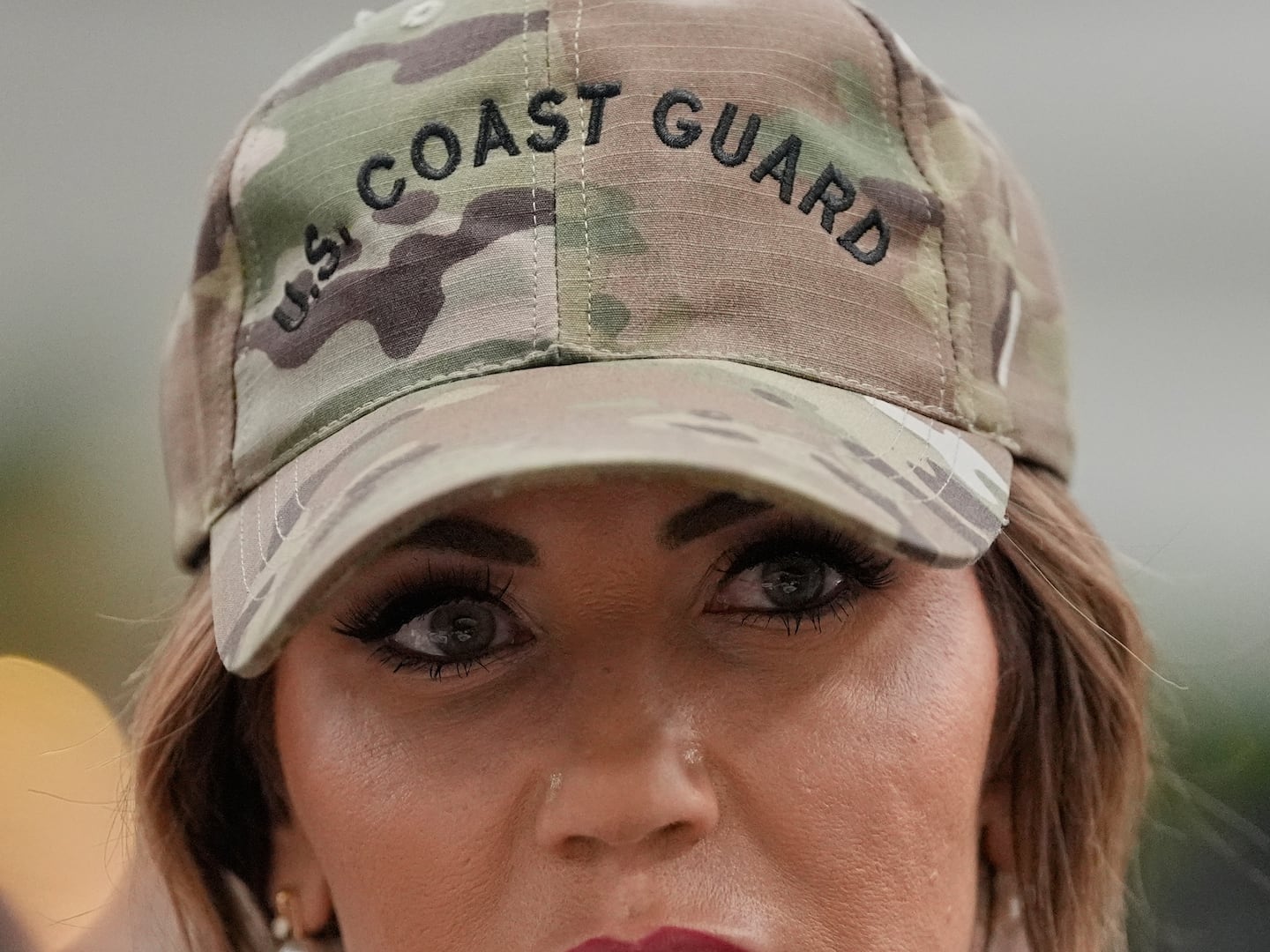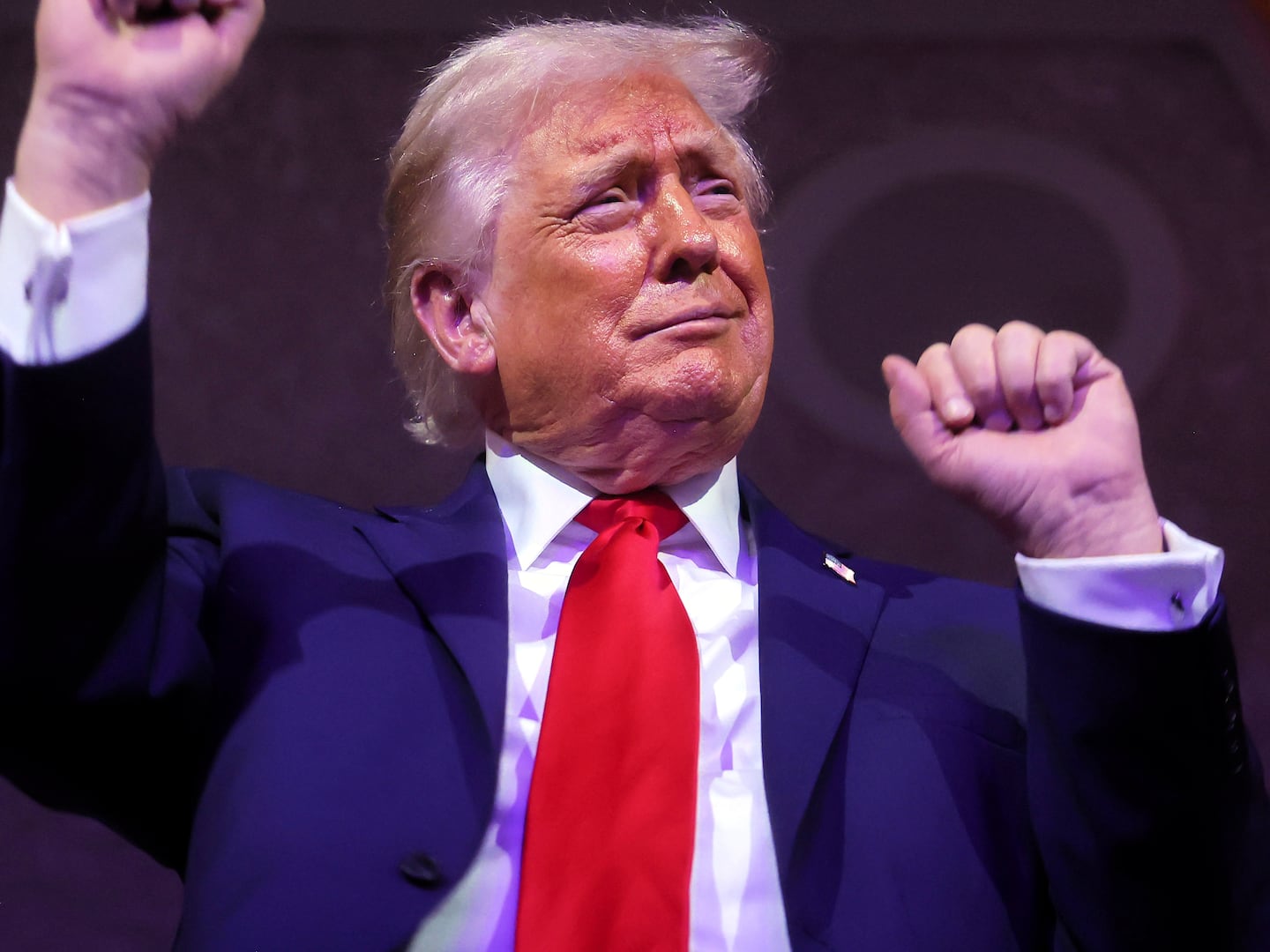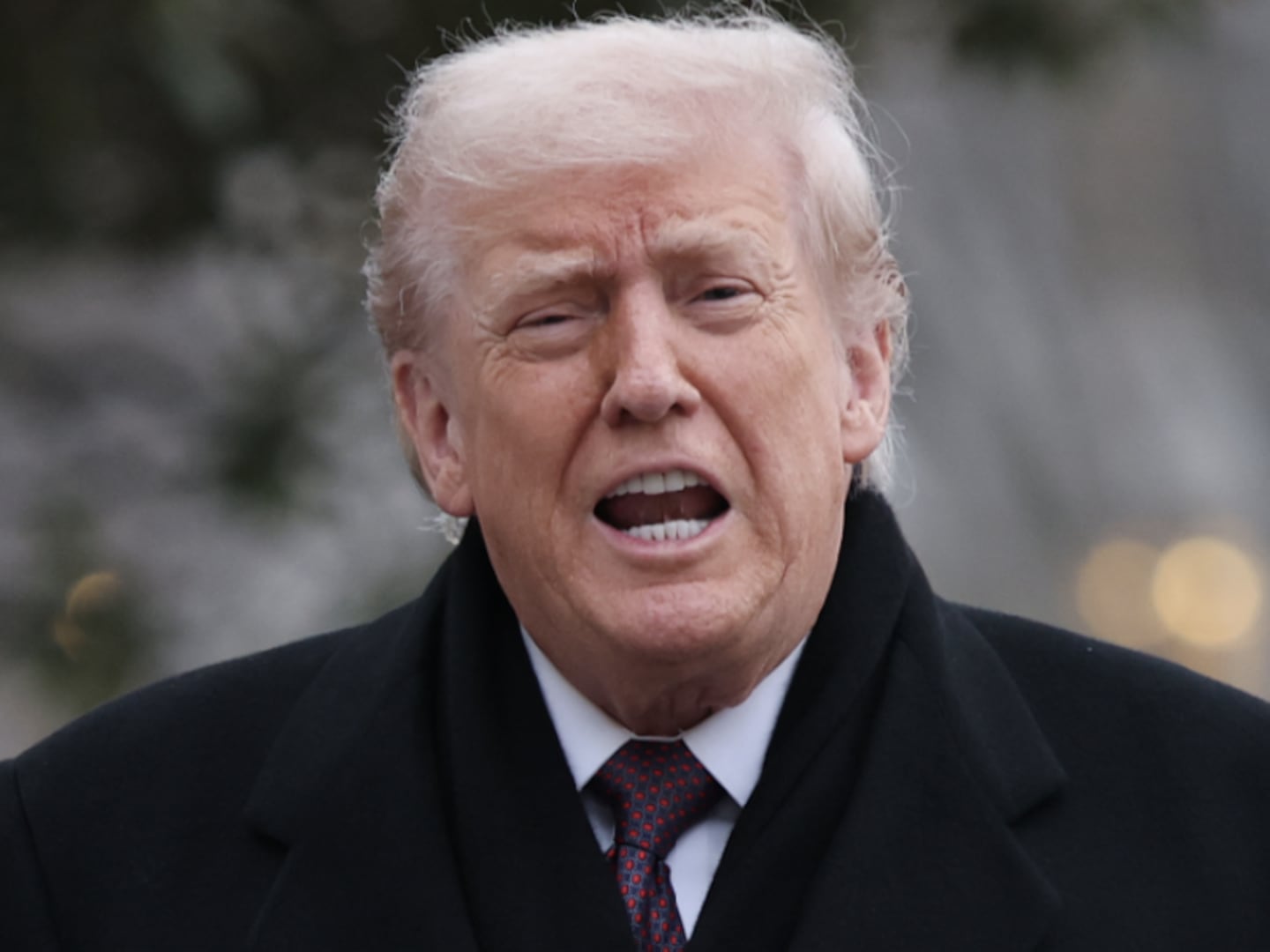Last week, in his State of the Union speech, President Obama sent a clear message to Americans and congressional leaders that to “win the future” and compete in the 21st century global economy, initiatives in critical areas, “especially clean-energy technology” must be a priority. Referring to fossil fuels, he added: “instead of subsidizing yesterday's energy, let's invest in tomorrow's.” All promising words, and what long-needed green energy support strategies may follow remain to be seen. But one independent wind energy organization has just taken initiative of its own to appeal directly to the common sense of consumers—one that could be a game-changer sooner than later.
How is it made?
Twelve years overdue, the Federal Trade Commission revised its previously unenforceable “Green Guides” in 2010 that will make it tougher for corporate America to boast their green stripes when products they manufacture don’t make the grade. In the latest edition of its new guidelines, to be final by mid-year, the FTC officially puts a crimp on companies claiming they are environmentally friendly when they’re not, by tightening the reins on product labeling parameters. With the commission’s new standards, green washing, or deceptive marketing practices, will likely be reduced, albeit not entirely eradicated. While moving in the right direction, the FTC regulations fall short of requiring third-party certification of labels or the labeling organizations to make their criteria process public.
Still, companies can no longer make unsubstantiated claims without consequence, or say a product is made with renewable energy if the power used to make any part of the product was derived from dirty fuels. And, the feds now expect companies to be more specific about actual renewable energy sources used, i.e. wind or solar.
Choices Powering Credible Change.
Roughly coinciding with last month’s début of WindMade™, the first wind energy consumer label, new FTC guidelines and presidential assertions are no doubt a welcome gust at the back of the brand new global initiative.
The single-energy trustmark will identify for consumers the companies and their products that are using renewable wind energy, and be ready to roll out a swirly bright blue label later this year. So, a little fortification from the feds probably doesn’t hurt. Neither does the fact that climate change and escalating costs of traditional energy sources are subjects generally top of mind among consumers these days.
Having taken copious notes from labels that have already successfully stuck, along with the criteria that made these predecessor labels sticky, the WindMade membership has modeled its trustmark after the likes of Fair Trade, Recycle, No Animals Tested, USDA Organic, Green-e, Energy Star, and LEED certification.
The world’s largest wind power producer, Denmark’s Vestas Wind Systems, the mastermind behind the new initiative wisely made quick work of turning WindMade into an independent non-profit organization to help support the effort’s legitimacy. The org’s founding partners—WWF, the United Nations Global Compact, Bloomberg, The Lego Group, PricewaterhouseCoopers (PwC), and the Global Wind Energy Council (an association of competitor wind investors like Siemens, GE, Gamesa, and Sinovel)—acknowledge that consumers have been in the dark too long. Only those companies with credible product stories will receive WindMade label certification once they meet transparent industry and public-vetted standards.
Likewise, corporations previously reluctant to invest in green energy due to short-term energy policy are likely to see the initiative as an effective way to proactively engage with a better-informed consumer. Instigating change in purchasing behavior may ultimately gain the attention of policy-makers, and the non-profit’s move could effectively expedite badly needed green energy policy support for the wind industry. In addition to increasing wind energy use by corporations and organizations, WindMade will improve a corporation's global and environmental impact while distinguishing itself with consumers. What’s not to like?
The WindMade label’s certification criteria and standards will be in development from March through May of this year. Under the direction of a technical committee, with representatives from WWF, Vestas, and PwC, the committee will gather feedback from the general public including potential participants in the WindMade program as well as energy experts.
As far as when consumers will see actual products displaying the WindMade logo, expectations are that labeled items will appear in stores about a year from now.
Visit WindMade.org for updates on the global initiative and developments in its transparent label certification process.
In the next Daily Beast column, corporations doing interesting things in wind energy will be the focus.






